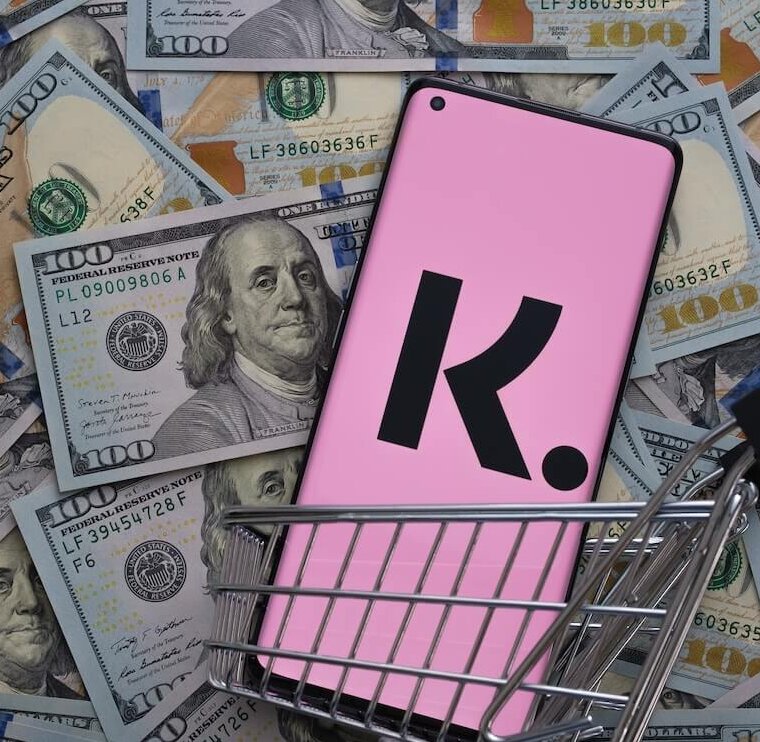
DeFi and Other Problems for the Crypto Congress
By Brendan Pedersen & Laura Weiss, PunchBowl News
Bipartisan talks on crypto market structure legislation are grinding along as pressure mounts for senators to host a markup before the end of this month. A final agreement remains elusive.
As negotiations continue, one area has reemerged as the stickiest for lawmakers. One senator after another has told us that the intricate policy around decentralized finance, or DeFi, has continued to be an obstacle to agreement…
Read MoreOnce a Crypto Skeptic, Klarna Announces Its Own Stablecoin
By Tom Nawrocki, PaymentsJournal
As the race to compete in cross-border payments increasingly shifts toward stablecoins, Klarna has announced its own version, the KlarnaUSD.
Despite Klarna’s CEO previously saying the company would be the last major fintech to enter crypto, it appears Klarna felt it had little choice if it wanted to keep pace with competitors in the cross-border arena. Best known for its buy now, pay later offerings, Klarna will issue the new token on a blockchain developed by Stripe…
Read More

U.S. Debt Growth Will Drive Crypto's Gains, BlackRock Says in Report on AI
By Olivier Acuna, CoinDesk
The world’s largest asset manager released its AI report with a bearish outlook on U.S. bonds and the country’s economy, and presented a bullish projection for crypto adoption.
Blackrock, the world’s largest asset manager, laid out its vision for 2026 and — reading past its bearish outlook for U.S. bonds and the world’s largest economy — it’s a bullish blueprint for institutional crypto adoption…
Read More